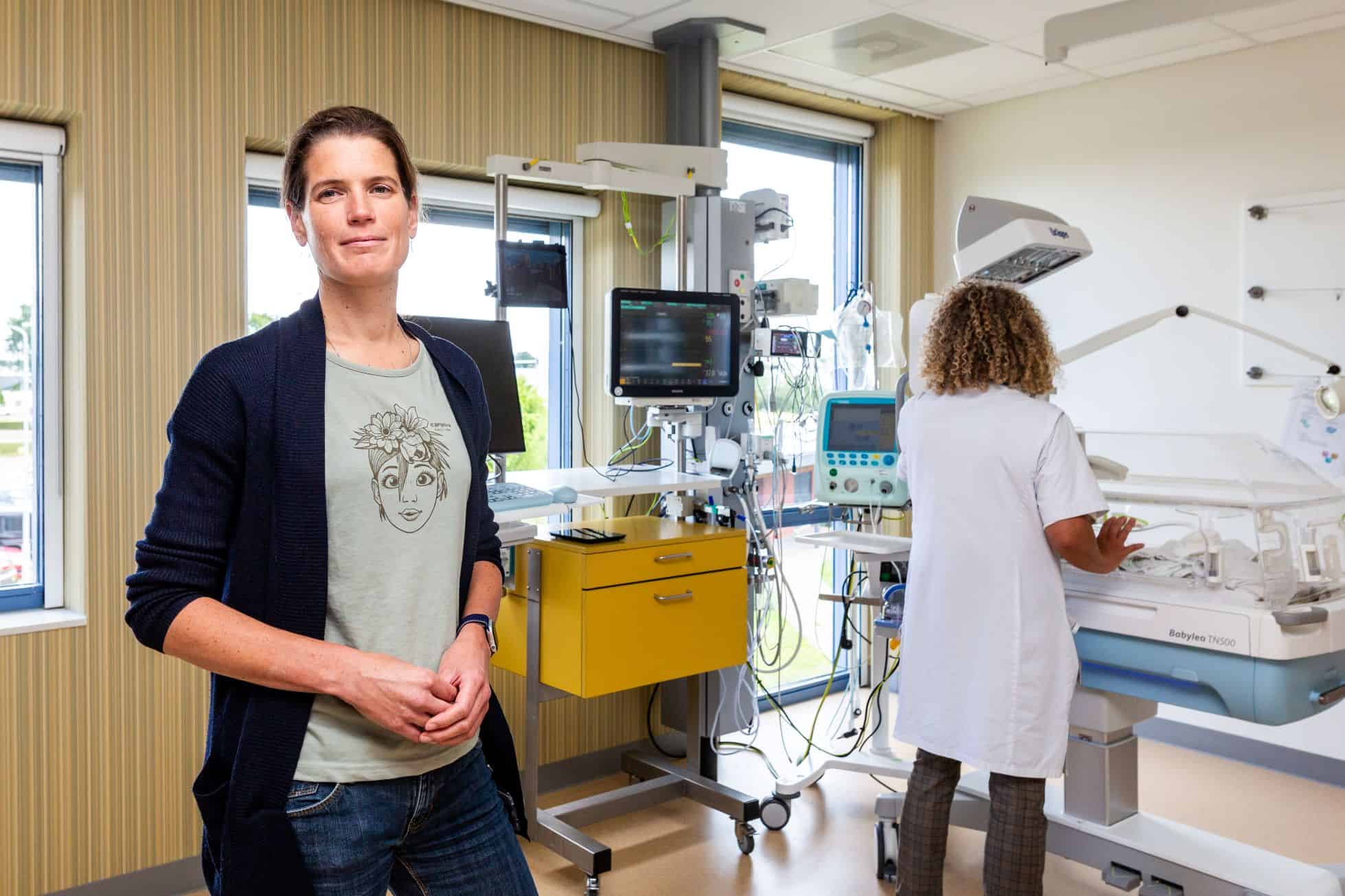
Today, we spend as much as 87 percent of our lives indoors, according to an American study. The quality of indoor environments has therefore become an increasingly important factor for health and well-being. Temperature, carbon dioxide levels and humidity are just some of the factors known to influence our indoor environments, but lately, studies have also shown how indoor noise can have a significant negative impact, writes Chalmers university of Technology in a press release.
One contributing factor to the constant noise in indoor environments is the fans used in ventilation systems in homes, workplaces, and schools. The core of the problem – and what irritates the human ear – occurs when the fan blades rotate, generating a sound with a consistent and predictable frequency, known as a ‘tonal’ noise. Identifying exactly how this sound occurs, and how to remove it, has been a long-standing quest that researchers and fan manufacturers have not been able to find an answer to.
“The source of the tonal sound has never before been identified on this type of fan. When you can reduce this tone, the fans become extremely quiet and, in that respect, unique. This is the first time someone has succeeded in both identifying and eliminating the source of the noise,” says Martin Ottersten, industrial Ph.D. student in Fluid Dynamics at Chalmers University of Technology and Research and Innovation Engineer at Swegon, and lead author of the study.
Increased risks of physical and mental illness
According to a report from the WHO, tonal noise of the kind that occurs in ventilation systems can negatively affect human health. The study shows that long-term exposure to this kind of sound increases the risk of high blood pressure, cardiac arrest, tinnitus, hearing damage, sleeping problems, and stress. Children’s cognitive development can also be negatively affected by the noise levels stemming from ventilation systems. Finding the source of what causes the tonal sound has therefore been of great interest to researchers and fan manufacturers for many years.
“I am sensitive to sound and sometimes have difficulty concentrating and sleeping with disturbing sounds. And I know that tonal sound can disturb our brain. When I read the WHO’s reports on how tonal sound can also lead to diseases such as high blood pressure and even cardiac arrest, the work took on a whole new dimension,” says Martin Ottersten, who has worked on the project for four years.
Lower energy usage another benefit
With the help of advanced computer calculations, sometimes lasting weeks at a time, Martin Ottersten was able to study how air flows through the fan during rotation and where turbulence occurs. The calculations also provided audio data for the fan, which was used to locate the source of the tones.
After several variations, he managed to design a fan in such a way that the tonal sound decreased drastically, an improvement that could allow for much quieter and healthier indoor environments.
“By trying out different modifications to the fans and measuring the sound levels using very complex calculations on hundreds of computers, over several weeks, we could determine exactly where in the fan’s construction the tonal sound originated and how to eliminate it. And what is more, we also observed that the efficiency of the fan increases as the tonal sound decreases,” says Martin Ottersten.
Healthier and cleaner indoor environments
He believes that this research now has great potential to be put into practice and that extremely quiet fans which do not produce tonal noise could soon be commercially available.
“We are currently seeking a patent for this technology and implementing it into our fans. After that, we want to get them out to market so that we can contribute to creating healthier indoor environments – as well as helping reduce energy consumption and carbon dioxide emissions.
The results of the study “A numerical method to predict and minimize fan tonal noise” have been published in the scientific journal Physics of Fluids. The study was carried out at the Division of Fluid Dynamics at the Department of Mechanics and Maritime Sciences, Chalmers University of Technology and was financed by Swegon AB.

Selected for you!
Innovation Origins is the European platform for innovation news. In addition to the many reports from our own editors in 15 European countries, we select the most important press releases from reliable sources. This way you can stay up to date on what is happening in the world of innovation. Are you or do you know an organization that should not be missing from our list of selected sources? Then report to our editorial team.






